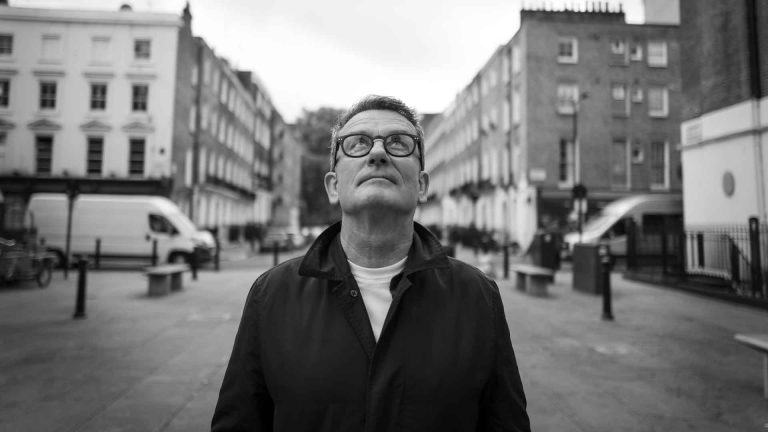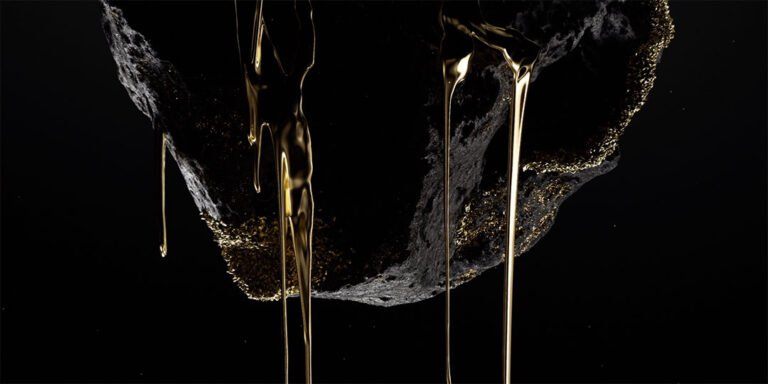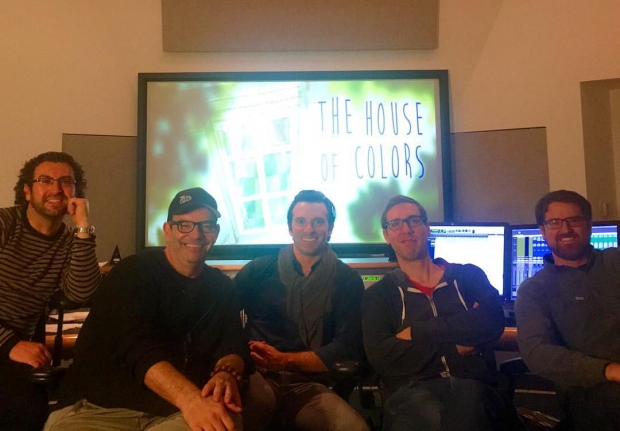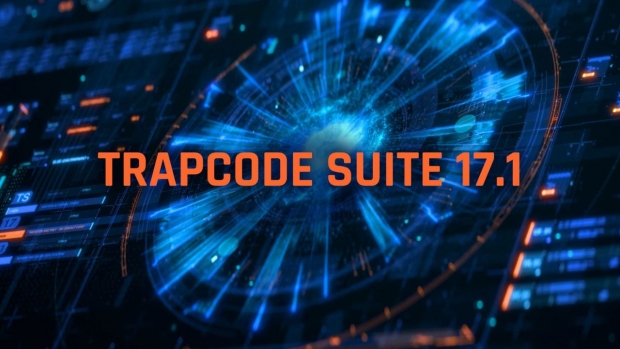AWN: There were a few big stop-motion films released this year. Do you foresee any resurgence in the use of the technique? It seems like there’s just a few folks that make films like this.
AWN: When all is said and done, what was the most challenging part of getting it made, finished, and out the door?
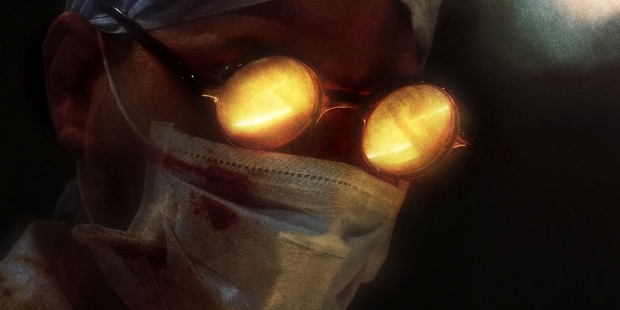
AWN: Once the project became a reality again, were you confident that you would be able to bring it to fruition? Or did you think, “Well, we’ll see how far we get this time, we’ll just do our best”?
AWN: It’s certainly a unique art, and it’s great that you got it in front of people, and will be getting it in front of more people in the coming weeks and months.
AWN: So how did it all start? Did you have a story or some kind of master plan in the beginning?
PT: The final part was the hard part, as it usually is, and the project just exhausted me. And I really resented working on it and just hated it, and it just became a matter of putting one foot in front of the other. And that’s not atypical. You hear so many filmmakers say, “This is the last movie I’m ever going to make.”
PT: No, I get on things like ugly on an ape and I just stick with it. But as the thing was taking shape, I really didn’t know. I did the first three Kickstarters, and we ended up with 30 minutes of stuff, and I was like, “Hey, but let’s do this scene and that scene.” And then it gets up to 40 minutes, 50 minutes, and you’re like, “What would it take to turn this into a feature?” It just builds itself, in a way, and when it got to the point where it was feature-length, it seemed to be contained, it found itself.
AWN: Would you say this kind of long gestation period is typical for you, or was this more of an anomaly?
AWN: If you can remember back to your original revelation, did the story change at all over the years, or is the final product essentially what you envisioned in 1987?
PT: I’m always fascinated to hear what observers have taken away from it, because it’s always different. The responses from the United States were, “I like it,” or “I don’t like it,” or “I don’t understand it,” or “It was amazing.” The education system in the United States sucks. The Europeans understood the references to Freud and Jung and Dante that I put into it.
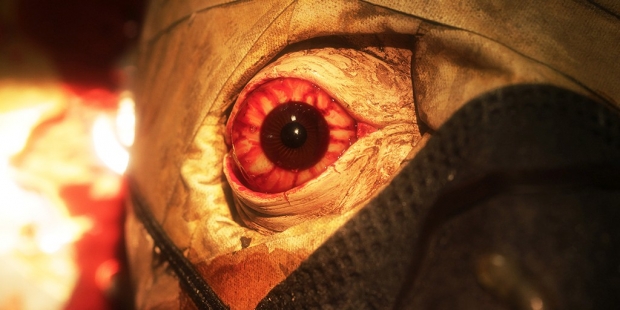
Phil Tippett: It was literally the equivalent of a religious vision. I had been doing a lot of drawings and sculptures that were vaguely orbiting some gravitational center. And after years of going, “Well, this kind of all relates somehow,” one day you just get tapped, and you get this vision that’s really difficult to explain. The best way of describing it is Joseph Campbell’s “hero’s journey,” where you have an objective, but you go on paths that take you places where you get lost, and then you meet amazing creatures along the way that help you. Or you meet monsters that don’t help you and, eventually, the hero dies and then is reborn. That’s pretty much, in a nutshell, my story.

PT: Well, my theory is if you build a better mousetrap, the world will beat a path to your door. And maybe it’s not the whole world; but it’s a sliver of it.
Dan Sarto is Publisher and Editor-in-Chief of Animation World Network.
PT: I made a number of short films leading up to this – a couple of dinosaur movies and some internal stuff in my studio, shorts that are necessary to build your language and process. But, yeah, with Mad God, I didn’t have a producer and I didn’t have anybody telling me to hurry up and finish until the very end. Shudder saw it as a work-in-progress and was going to buy it, and the show had to get done, and that was that. But prior to that, there was nobody telling me what to do.
PT: There are not a lot of people that really know how or understand it, because it’s very laborious, and a lot of work has been consumed by computer graphics. It’s somehow more difficult for people to make things with their hands than to make them at a computer, which I do not understand. But there’s been a huge resurgence with the whole maker movement. At some point, maybe 15 or 20 years ago, people woke up about making stuff, and it’s just grown from there. And what you’re looking at in the stop-motion movie is: It’s real objects under real light, and you can really see the craftsmanship, as opposed to something that’s fabricated out of zeros and ones.
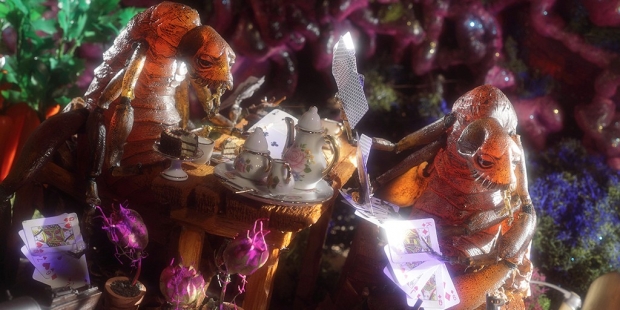
AWN: What have the reactions to the film been like?
PT: I never give up on anything, and everything I do takes me 20 years. It just needs a long time to simmer, that’s just my mental process. As an older filmmaker, I’ve already been influenced by what I’m going to be influenced by, and that’s part of my internal language. But I still need to create my own voice, and that happens very slowly.
AWN: Over the years, you’ve had your share of successful and less successful dalliances with big studios and projects, as well as producing high-profile work through your own company, Tippett Studios. Is this the first film that you’ve been able to steer completely on your own terms?
PT: When we were preparing the extra material for the DVD release, we were surprised to find a few minutes from the first stuff that I shot on 35-millimeter film. It was about three minutes of film that was supplemented by a bunch of storyboards. And it was shocking to us that the whole thing was there, really, in parts. It was like you could connect the dots and go like, “Yeah, that’s the movie right there.” The vision was really clear. So many artists, particularly from earlier ages, would say, “I was just transcribing; God was telling me what to do.” You don’t know where you’re going and, in many ways, the thing’s making you as much as you’re making the thing.
Described by John Defore of The Hollywood Reporter as “among the bleakest dystopias [of] science fiction,” Mad God follows The Assassin as he moves through a forbidding world of “tortured souls, decrepit bunkers, and wretched monstrosities forged from the most primordial horrors of the subconscious mind” – pretty much your basic feel-good movie. Every set, creature, and effigy in Tippett’s misanthropic masterpiece is hand-crafted and painstakingly animated using traditional stop-motion techniques.
Good things, as they say, take time. In the case of legendary stop-motion animator Phil Tippett’s magnum opus Mad God, the time was about 30 years.
On the occasion of the release of Mad God by RLJE Films on DVD and SteelBook DVD/Blu-ray, we spoke with Tippett about his long journey and the passion that kept him going (apart from a brief 20-year hiatus) until he reached the finish line.
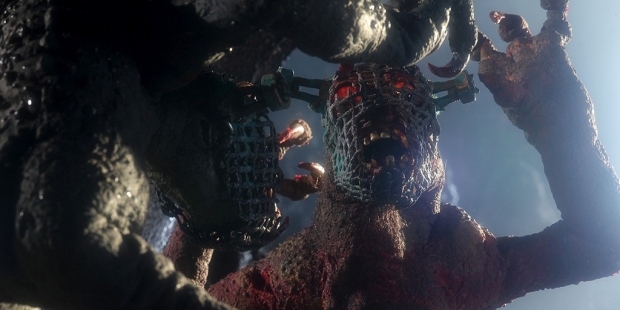

Tippett, a six-time Academy Award nominee who received Oscars for his work on Star Wars: Episode VI – Return of the Jedi and the original Jurassic Park, first started filming what would become Mad God in 1987, while working on visual effects for RoboCop. He wound up shelving the project and didn’t return to it until 20 years later, when, with the help and encouragement of members of his studio, he began working on it again. There followed a series of Kickstarter campaigns and many more years of labor, culminating with the film’s premiere at the Locarno Film Festival in 2021.


